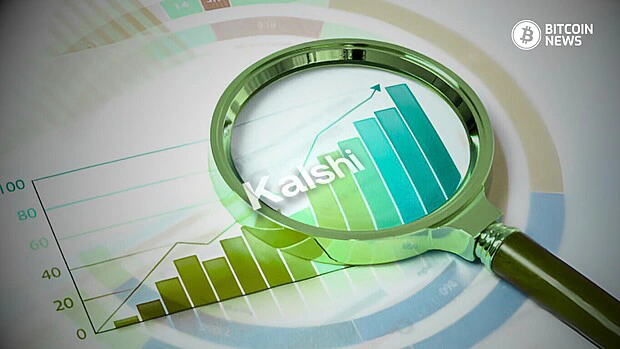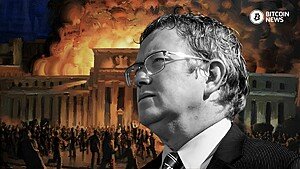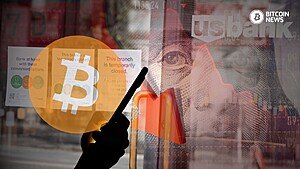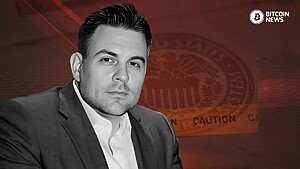We live in a world of hot takes and cold consequences. Social media influencers, TV pundits, and self-proclaimed experts flood our feeds with predictions about everything from election outcomes to bitcoin’s price.
But what if being wrong actually cost them something? That’s the revolutionary idea behind Kalshi, where predictions aren’t just tweets — they’re financial commitments.
Think of it as a marketplace where being right matters more than being loud. Unlike social media, where the most sensational predictions often grab the spotlight, Kalshi creates an environment where accuracy is literally valuable.
Every prediction comes with a price tag, turning abstract opinions into concrete bets.
The beauty of this system lies in its brutal honesty. When someone declares an event is a “sure thing” but only wagers a modest amount on it, you learn something about their real confidence level — or perhaps their financial limits.
This gap between what people proclaim and what they’re willing to stake, reveals insights that no amount of Twitter threads or cable news debates can match.
The implications go far beyond just making better predictions. Imagine if climate change zealots had to bet on rising temperatures, or if economic doomsayers had to stake their savings on their perpetual predictions of market crashes.
Suddenly, extreme positions become expensive to maintain unless they’re actually accurate.
This dynamic creates fascinating market behaviors. Instead of endless debates filled with hyperbole, platforms like Kalshi enable individuals to invest real money behind their estimates on a wide range of events.
The aggregation of these bets reflects the collective confidence of all participants, creating probability curves that are more nuanced and likely more accurate than any single expert’s opinion.
Market prices adjust in real-time based on new information, effectively turning Kalshi into a living barometer of public sentiment and expectations.
Sudden spikes in trading activity can indicate emerging trends or undisclosed information, offering insights that might not yet be reflected in traditional media outlets.
Perhaps most intriguingly, these markets reveal how people truly think about probability and risk when their own resources are on the line.
Cognitive biases that often skew judgment tend to diminish when real money is at stake. The result is a market-driven forecast that’s often more reliable than polls or expert analyses.
The human element makes Kalshi more than just a prediction platform — it’s a mirror reflecting our collective confidence about the future.
When prices swing wildly, it shows uncertainty; when they stay stable despite new information, it suggests strong conviction. These patterns tell stories that raw data alone never could.
As we face increasingly complex global challenges, perhaps what we need isn’t more experts making consequence-free predictions, but more people willing to stake their resources on their beliefs.
After all, when predictions hit your wallet, you tend to think twice before making them.
By holding us accountable for our forecasts, Kalshi is turning the age-old phrase “I told you so” into something more substantial — because now, we’ve got the receipts to prove it.










